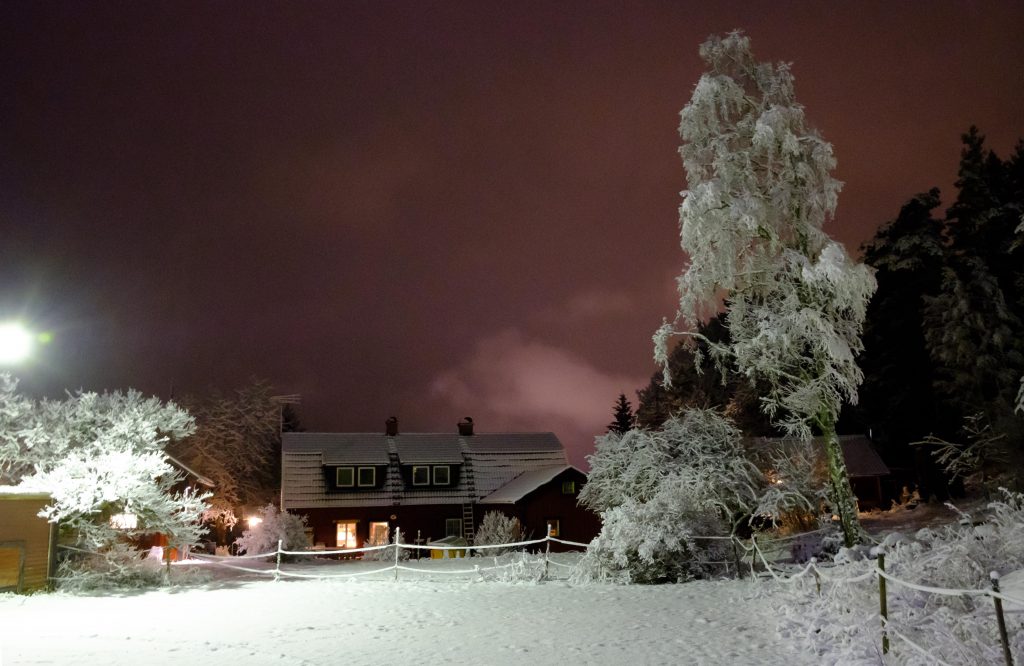When we designed the S2N converter som 20 years ago, this was timed for the large AIS installation boom and then went on with VDR and electronic chart systems.
Since then, much have changed, and it is now becoming rare that gyro compasses do not have NMEA output already, but instead the S2N is now in increasing numbers are found in Navy, Police, Coast guard and SAR vessels. Such installations sometimes rely on military standards, which in many cases make use of RS422/485 or even RS232 ports.
The most common failure of a S2N is a failed NMEA output driver. The S2N output meets the NMEA 0183/0183HS (= IEC 61162-1/-2) standards, requiring any input it is feeding to be isolated. History tells us that this does not always happen and it could also be the case that also an isolated, floating input could have enough capacitive decoupling to local ground to kill destroy the output driver.
This is a good reason why we have sold several thousand of our isolated 1N4B NMEA buffer.
The case for the S2N is large enough to fit a 1N4B unit inside the case, using a custom, 3D-printed mount. This would then add four NMEA isolated and “GND-free” balanced outputs (although all four share the same isolated power supply). This means that if it is necessary to feed a non-isolated or even side grounded input (like RS232), the output could still be parallelled to other inputs only if they are isolated and floating.
This unit can be delivered under the designation S2N- Iso, U/N 9618. This version will add som 150 EUR to the price and is highly recommended.
The “S2N” page of the website as well as manuals, labels etc will updated shortly. It would also be possible to retrofit existing units without loosing calibration.

